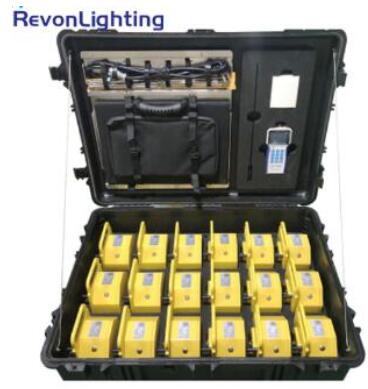In the fast-paced world of aviation, adaptability is key. Helicopters, known for their versatility and ability to access remote areas, are integral to modern transportation, rescue missions, and logistics. However, the availability of secure and stable landing zones often poses a challenge. This is where the innovation of portable helicopter landing pads comes into play, revolutionizing the concept of mobility and operational efficiency.
What Are Portable Helicopter Landing Pads?
Portable helicopter landing pads are lightweight, modular structures designed to provide a stable and safe surface for helicopter landings and takeoffs. Constructed from durable materials like aluminum, composite polymers, or reinforced fabrics, these pads can be easily transported and assembled in various terrains and environments. They are an essential tool for missions requiring flexibility, including emergency response, military operations, and remote construction projects.
Key Features and Benefits
Mobility and Flexibility: The core advantage of portable helicopter landing pads lies in their portability. These pads can be deployed in diverse locations, from dense urban areas to isolated mountain ranges, enabling helicopters to operate in regions lacking permanent infrastructure.
Enhanced Safety: Designed with anti-slip surfaces, perimeter lighting, and shock-absorbing materials, portable landing pads minimize the risks associated with uneven or unstable terrain. They ensure safer landings and reduce potential damage to aircraft.
Rapid Deployment: Many portable helicopter landing pads feature modular designs that allow for quick assembly and disassembly. This makes them ideal for time-sensitive operations such as disaster relief and medical evacuations.
Environmental Compatibility: With adjustable designs and minimal environmental impact, these landing pads can be deployed without significant alterations to the natural landscape. This is particularly important in ecologically sensitive areas.
Cost-Effectiveness: By eliminating the need for permanent infrastructure, portable helicopter landing pads offer a cost-effective solution for temporary or short-term missions.

Applications Across Industries
The versatility of portable helicopter landing pads makes them indispensable in various fields:
Emergency and Disaster Relief: In the aftermath of natural disasters, these landing pads enable helicopters to deliver aid and evacuate individuals from inaccessible areas.
Military and Defense Operations: Portable landing pads support tactical operations by providing reliable landing zones in remote or hostile environments.
| portable helicopter landing pad |
| portable helicopter landing pad light |
Medical Services: Air ambulances benefit from the quick deployment of landing pads near accident sites or field hospitals, ensuring timely medical intervention.
Construction and Energy Sectors: For projects in remote locations, such as offshore wind farms or mining sites, portable helicopter landing pads facilitate the transportation of personnel and equipment.
Event Management: High-profile events and gatherings often require temporary helicopter access, making these landing pads a practical choice for organizers.
Challenges and Innovations
While portable helicopter landing pads offer numerous advantages, they are not without challenges. High wind conditions, uneven ground, and weight limitations can complicate their use. However, advancements in materials science and engineering are addressing these issues. For example, the integration of lightweight yet robust composites and self-leveling mechanisms enhances their performance in challenging environments.
Future innovations may include smart technologies such as IoT-enabled monitoring systems, which can provide real-time data on weather conditions, structural integrity, and landing pad usage. Solar-powered lighting and charging capabilities are also being explored, aligning with global sustainability goals.
The Road Ahead
As the demand for versatile aviation solutions grows, the role of portable helicopter landing pads is set to expand. From supporting humanitarian missions to enabling urban air mobility initiatives, these pads represent a critical component of modern aviation infrastructure. Their ability to adapt to evolving needs underscores their value in an increasingly interconnected and dynamic world.
Portable helicopter landing pads epitomize the marriage of innovation and practicality in aviation. By providing a reliable, flexible, and efficient solution for helicopter operations, they are redefining how and where helicopters can operate. As technology continues to advance, these landing pads will remain a vital asset in shaping the future of aviation and beyond.